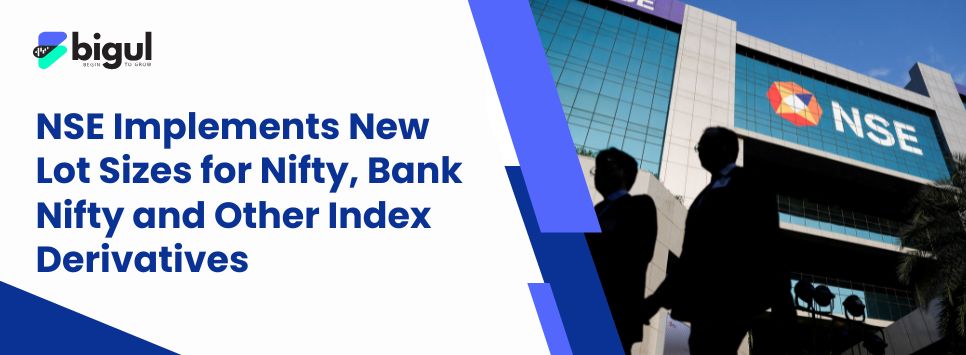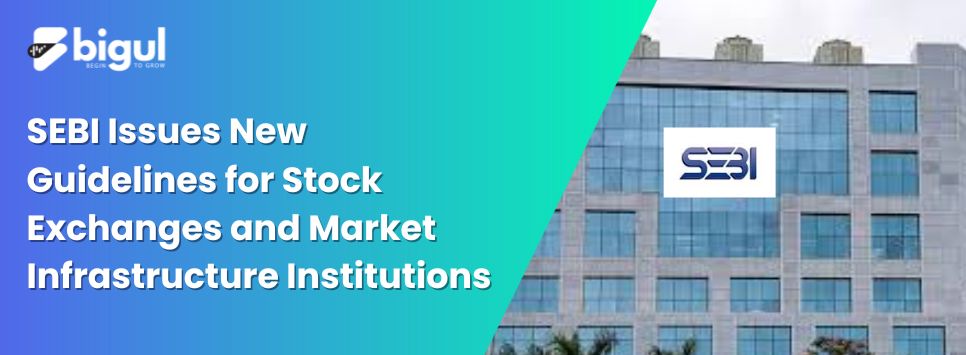On Tuesday, the Securities and Exchange Board of India (SEBI) announced a revised oversight framework for stock exchanges and other market infrastructure institutions (MIIs). These new guidelines, aimed at enhancing governance, define the structure and responsibilities of various statutory committees. The update follows recommendations from SEBI's Committee on Strengthening Governance of MIIs, as detailed in a circular issued by the market regulator.
Also Read | Ambey Laboratories IPO: All Important Details You Need To Know
Key Changes in the Oversight Framework
Structure of Statutory Committees
Under SEBI's new framework, MII statutory committees are classified into functional, oversight, or investment committees. Functional committees include member committee, nomination and remuneration committee, standing committee on technology and risk management committee. Oversight committees ensure regulatory compliance and transparency while investment committees manage financial and investment decisions.
Composition of Committees
The SEBI has stipulated the inclusion of key management personnel, non-independent directors (NIDs), independent external professionals (IEPs), and public interest directors (PIDs) in such committees. I recommend that each committee be led by a PID with relevant expertise. Additionally, at least half of the members must be PIDs. It also demanded that for any resolution to pass in these committees, there should be PID participation equal to or greater than that of other members combined.
Voting and Decision-Making
According to SEBI, "voting on a resolution in the meetings of the statutory committees at MIIs shall be valid only when the number of PIDs that have cast their vote on such resolution is not less than the total number of other members put together, who have cast their vote on such resolution." Therefore, if PIDs' votes are below the votes from other members, then they cannot make a decision on this resolution.
Specific Responsibilities and Terms of Reference
SEBI has assigned specific responsibilities and terms of reference to each committee, thus enabling it to map out duties clearly and enhance the overall governance framework for MIIs. These measures will promote transparency, accountability as well as efficient management within market infrastructure institutions.
Conclusion
SEBI's new guidelines represent a significant step towards improving the governance and oversight of India's financial market infrastructure. By restructuring committee composition, enhancing the role of public interest directors, and clearly defining committee responsibilities, SEBI seeks to ensure more transparent and effective management of stock exchanges and other market institutions. These changes are expected to boost the integrity and confidence of India's financial markets.
Also Read | Avanse Financial Services Initiates ₹3500 Crore IPO: SEBI DRHP Filed




.jpg)





.jpg)
